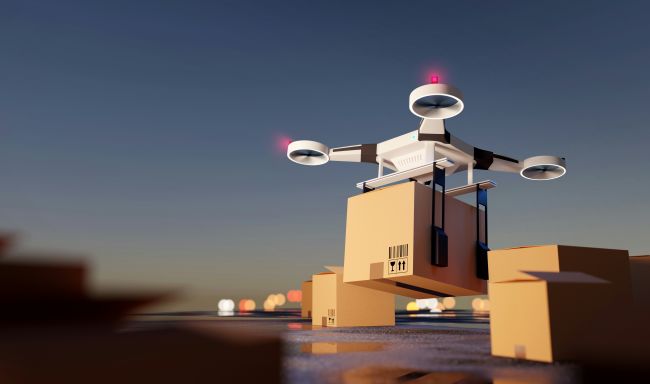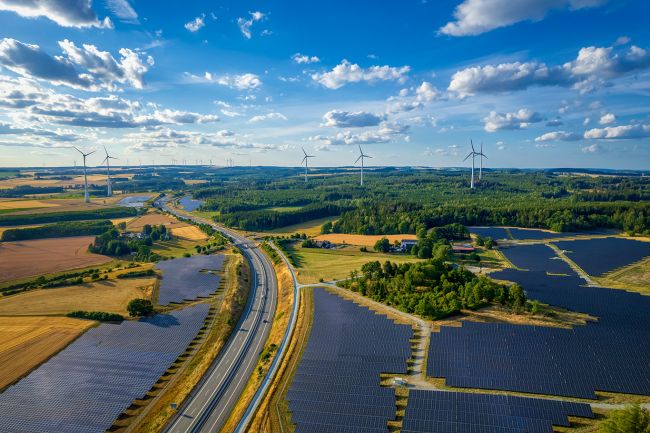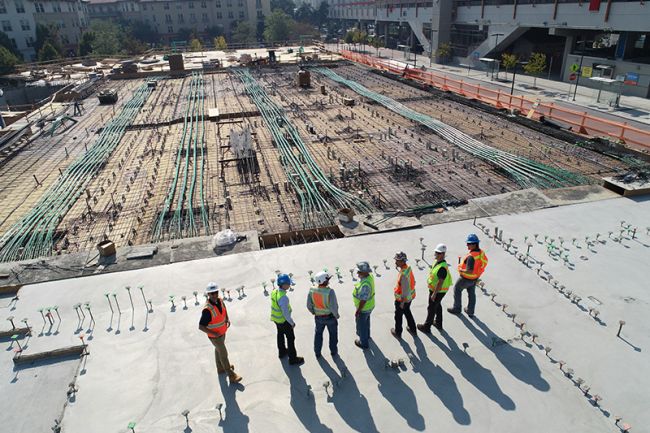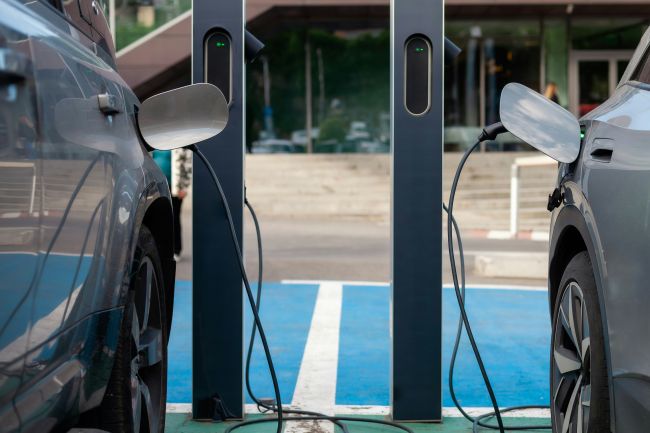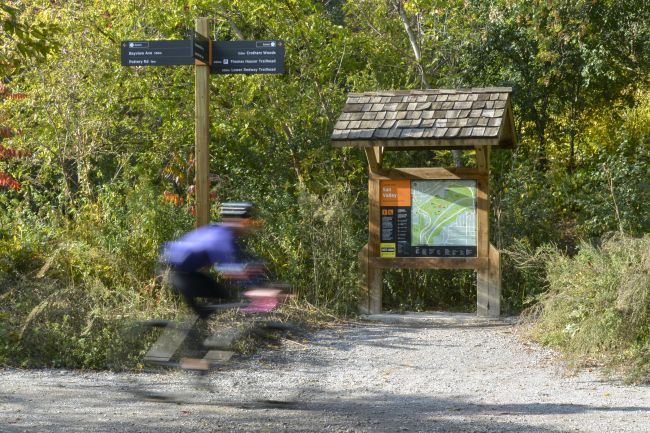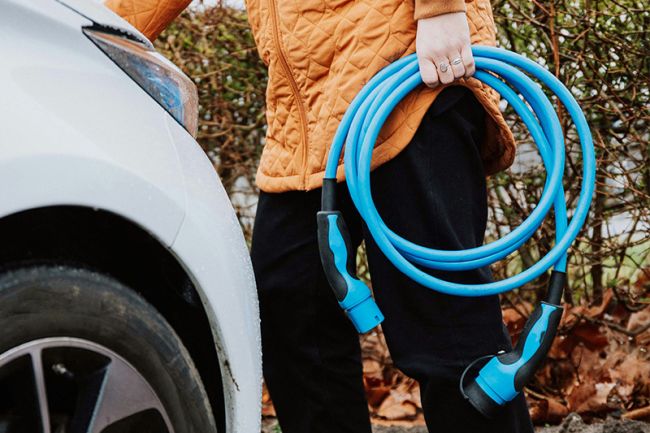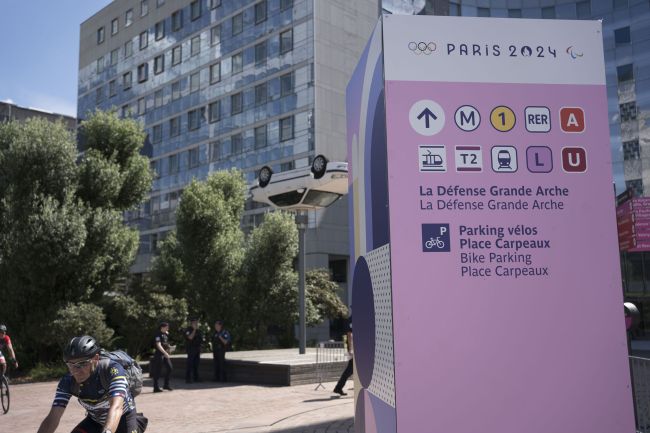How could satellite-based tolling technology change India’s toll roads?
The National Highway Authority of India (NHAI) has issued a global request for expressions of interest to adopt Global Navigation Satellite System (GNSS)-based tolling across India’s toll roads.
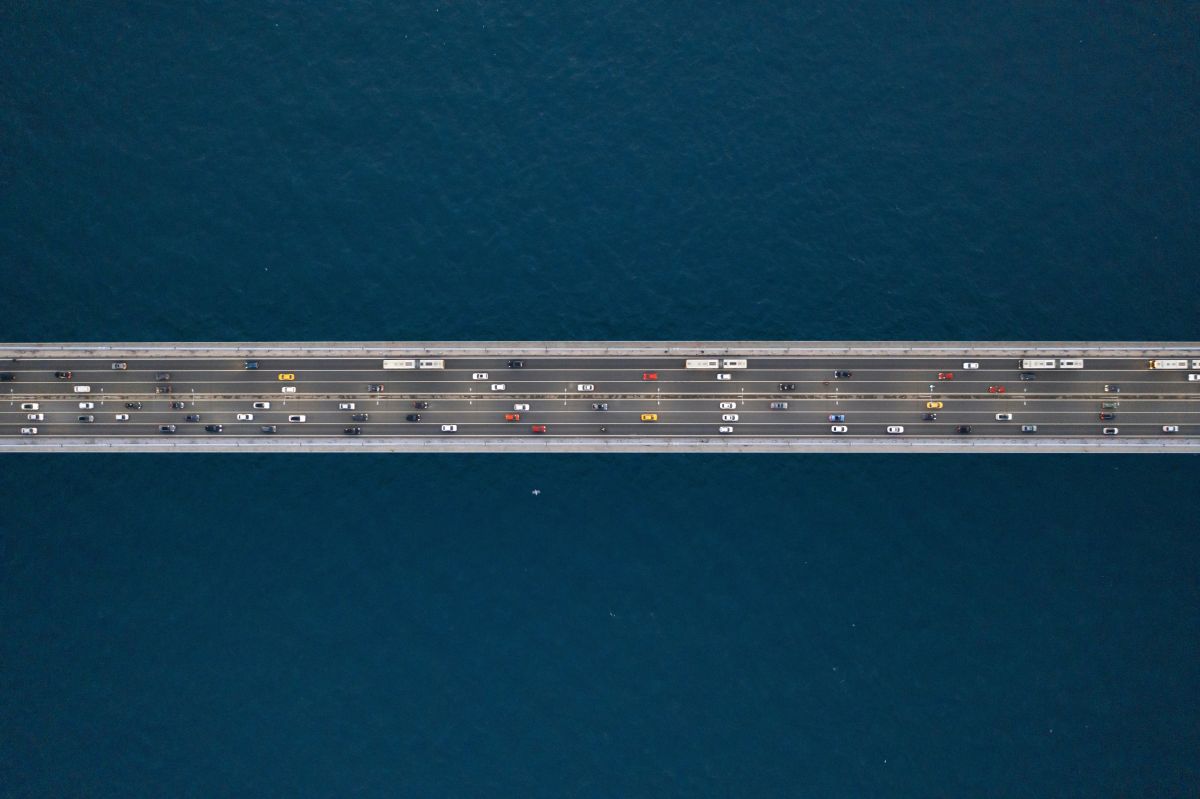
The National Highway Authority of India (NHAI) has issued a global request for expressions of interest to adopt Global Navigation Satellite System (GNSS)-based tolling across India’s toll roads.
The primary aim is to integrate GNSS-based tolling within the existing FASTag framework, which currently collects electronic tolls using RFID scanning, creating a hybrid model in the first phase of implementation. But what is GNSS tolling and how could it improve road transit in India?
The positives and negatives of GNSS tolling
GNSS technology – already used for (among many other things) maritime navigation, disaster relief efforts and on a daily basis by everyone with a smartphone – can make tolling far simpler by leveraging satellite signals to track vehicle movement and using this information to calculate and charge users.
This tolling method requires vehicles to be equipped with on-board units (OBUs), that transmit signals to the satellite network. These OBUs help determine the entry point, exit point and distance travelled of the vehicle and subsequently calculate the payable toll. This data is then transmitted to the central system for processing and billing.
The GNSS-based tolling’s architecture will include various stakeholders such as the NHAI, bank and payment gateways, road concessionaires and digital service providers. There is a ‘virtual’ tollbooth and when an OBU-fitted vehicle passes through, the applicable toll based on distance travelled will be automatically deducted from the user’s bank account.
GNSS-based toll collection lowers infrastructure costs as it doesn’t require physical toll booths or RFID tags, it can facilitate free flow lanes, is not subject to environmental conditions on the ground and provides an opportunity to cover areas and regions (beyond national and state highways) which are not tolled at present due to the challenges of infrastructure installation.
GNSS-based tolling also enables flexible pricing models by charging the user a pro-rated fee based on the actual distance travelled. The current FASTag model in most cases charges all vehicles a fixed rate per ticket at the toll plaza, regardless of entry and exit points. The satellite technology can also curb toll-evasion and tackle local leakage points.
However, GNSS-based tolling is not perfect. GPS units are expensive and there are also high installation, running and maintenance cost as well as higher energy usage.
GNSS system implementation in India and beyond
GNSS-based tolling has been implemented across Europe in Germany, Slovakia, Switzerland, Hungary, Belgium, Poland and Czechia. Switzerland was the first of these nations to use GNSS, implementing it in 2001 for all vehicles over 3.5 tons, while Czechia was the latest in 2020 for heavy goods vehicles on highways and selected roads.
All of these countries have faced challenges to implementation in areas including set-up costs, integrating existing systems, data privacy and maintaining reliable satellite connections.
A rollout in the Indian context will be no different but the challenges are not insurmountable.
Establishing technical infrastructure to provide dependable satellite coverage throughout the country will be required, as well as using mapping technology to accurately determine the distance travelled and to accurately calculate the toll fee.
The government will need to raise awareness about the GNSS-based tolling system, communication will also be key to allaying data privacy and location tracking concerns amongst the public.
Meanwhile, individual users will need to invest in purchasing the necessary equipment and outfitting each vehicle with an OBU and legal frameworks and an effective redressal mechanism will be required to benefit consumers.
It will also be necessary to consider developing a standard procedure for the removal of current FASTag enabled lanes, as well as a system of reimbursement for the potential capital expense associated for concessionaires in setting up GNSS-based tolling.
All things considered GNSS holds a lot of potential to transform India’s toll road network and we at Steer look forward to engaging in this process as it progresses.





